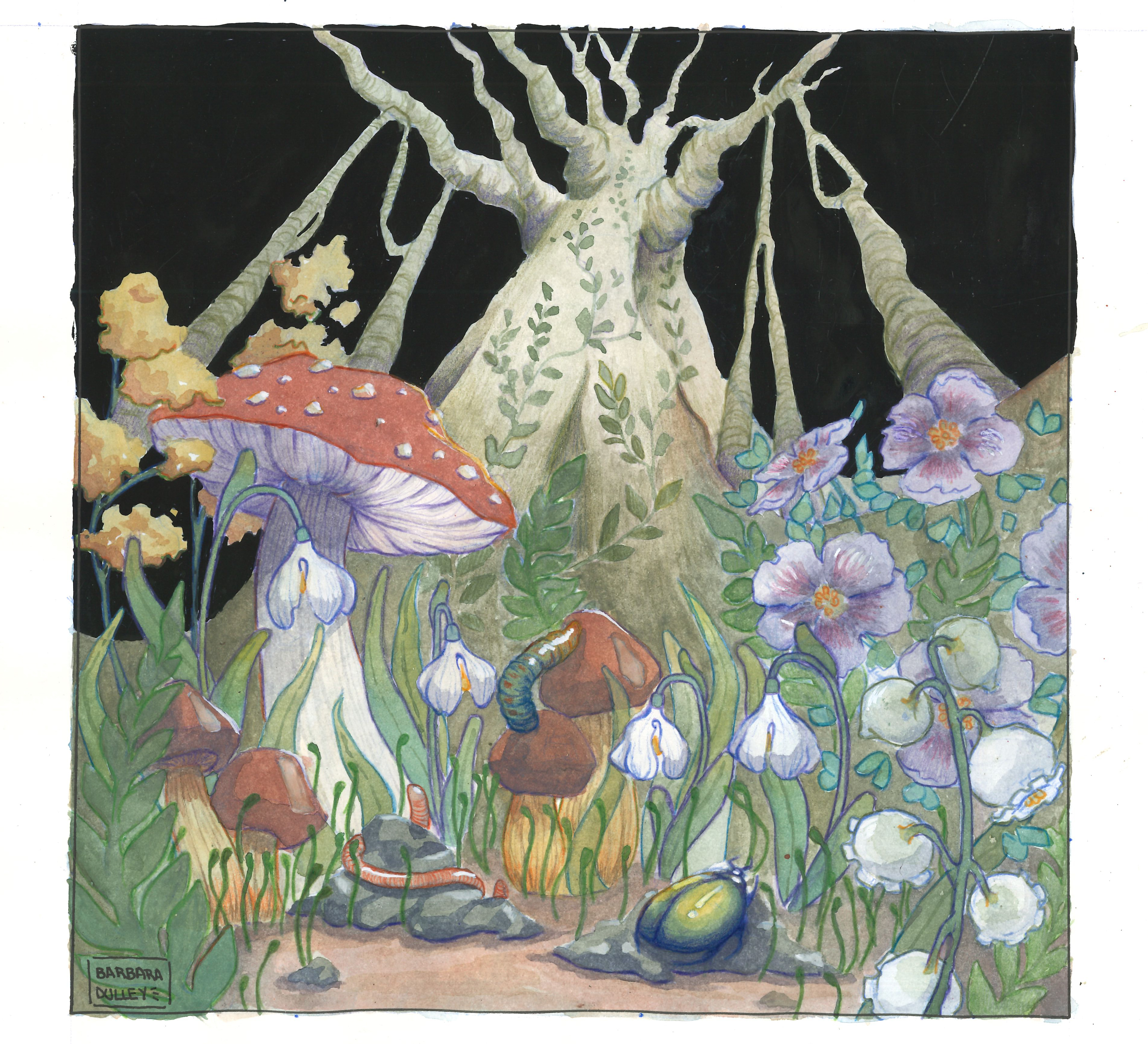Notes
1
Elio Baldacci, Vita privata delle piante (Milan: Bompiani, 1944), 12–13. Author’s translation.
2
See “The Role of Deforestation in the Fall of Rome,” The Hitchhiker's Guide to the Galaxy: Earth Edition, March 23, 2004, ➝.
3
The story is inspired by Francesco Pedrotti, “Lectio magistralis,” Università di Palermo, November 28, 2006; and Daniel Vallauri, “Dead wood, a gap in French managed forests,” Dead wood: A key to biodiversity, May 29–31, 2003, Mantova, ➝.
4
Jonathan J. Choi et al., “Organic Wastes and Tropical Forest Restoration,” Tropical Conservation Science 11 (2018): 1–5, ➝.
© 2021 e-flux and the author
